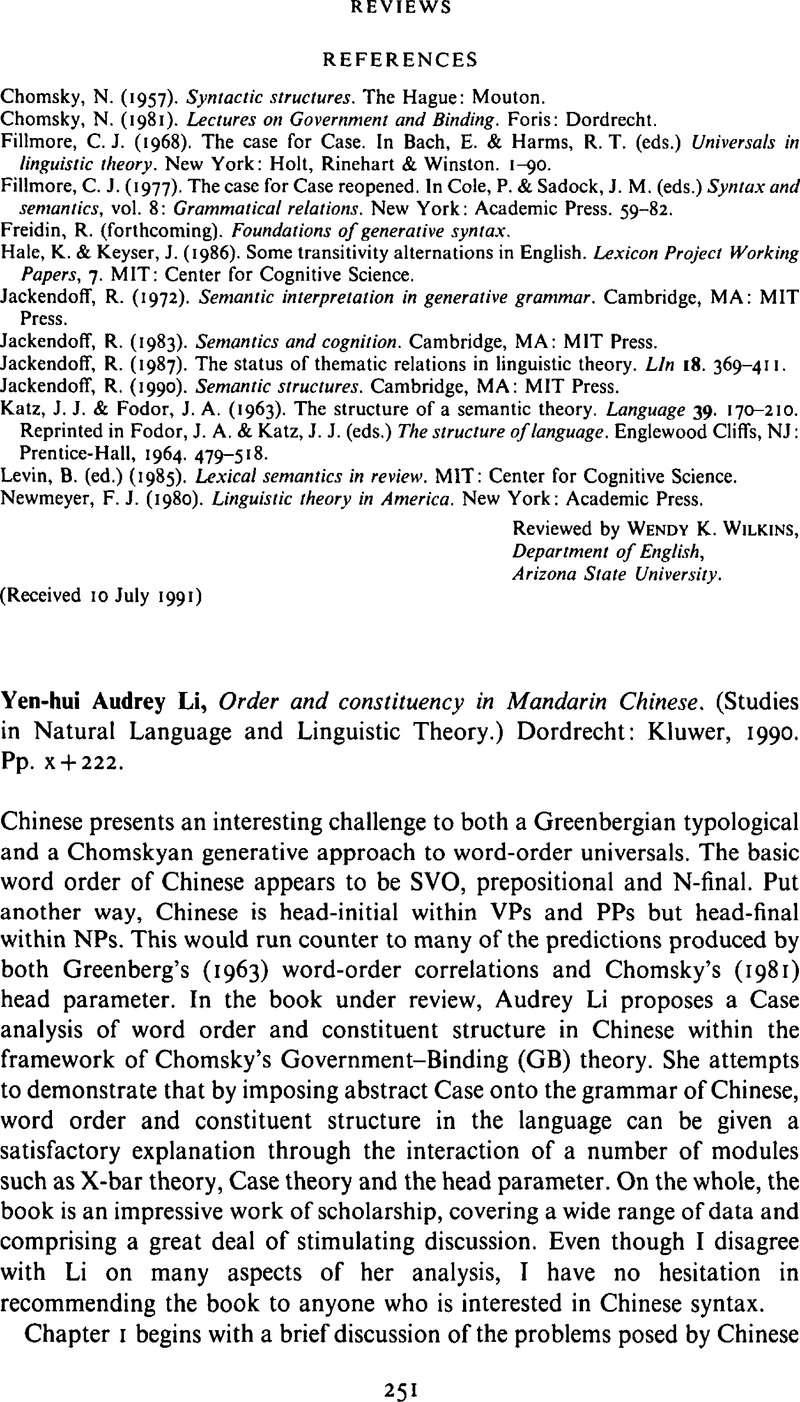Crossref Citations
This article has been cited by the following publications. This list is generated based on data provided by Crossref.
Huang, C.-T. James
2022.
New Explorations in Chinese Theoretical Syntax.
Vol. 272,
Issue. ,
p.
17.



